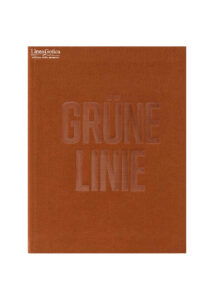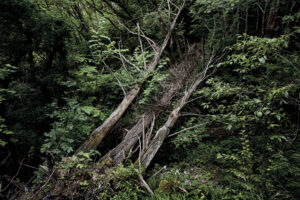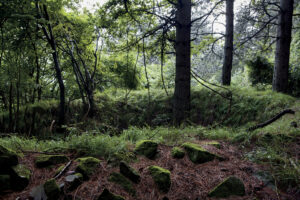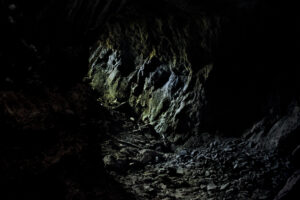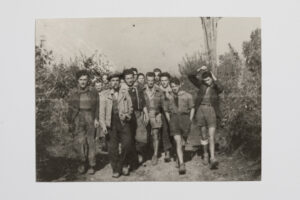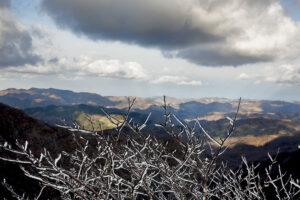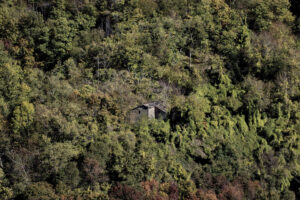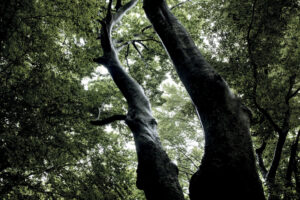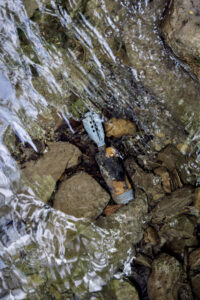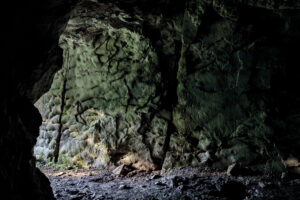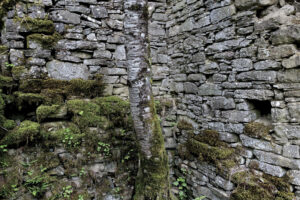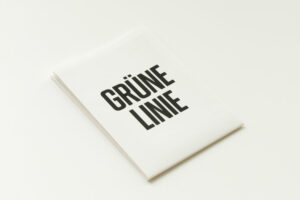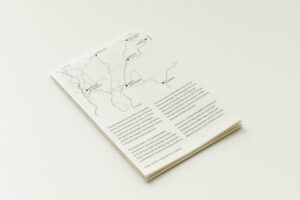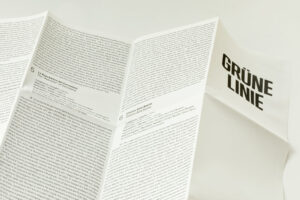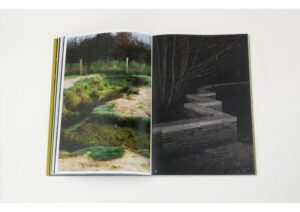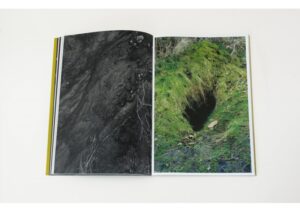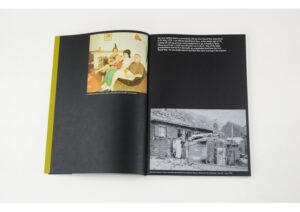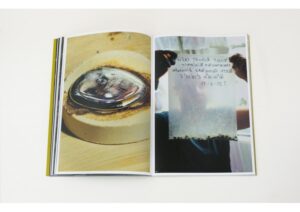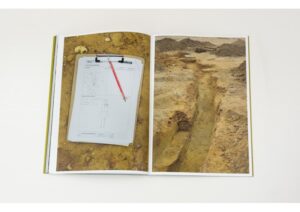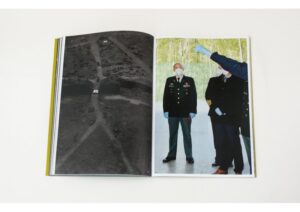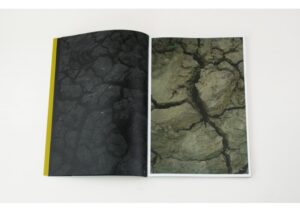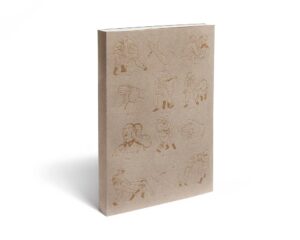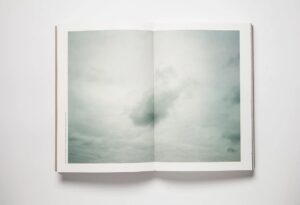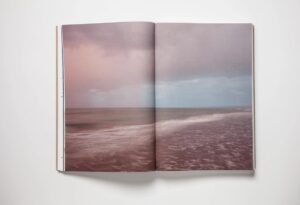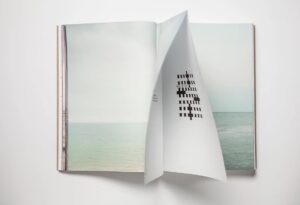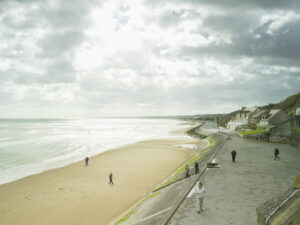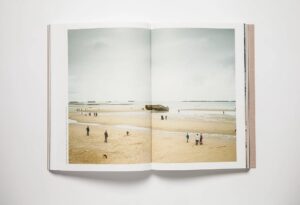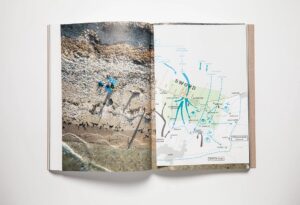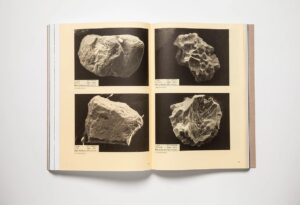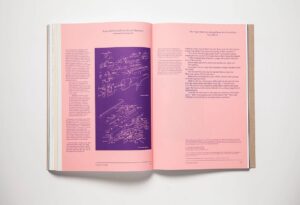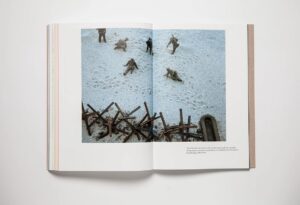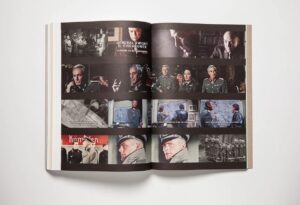GRÜNE LINIE
Language: Italian, English
Photography: Giancarlo Barzagli
Text: Wu Ming 2
Graphic design: Roberta Donatini
Curated by: Claudia Paladini
Cartography: Massimo Cingotti
Archive Images: Fototeca CIDRA Imola
Grüne Linie is a photographic research on the memory of the events in which a small valley in the Tuscan-Romagnolo Apennines played a crucial role, when it became part of the war front during World War II.
The project traces a line that connects History to the voices of those who fought and lived in those mountains, following the clues that were left on the region, somewhere in between childhood memories and memories of the conflict.
“Grüne Linie” was the name that the German Army had given to the Gothic Line: a strip of defences and fortifications, which ran along the Apennines, cutting Italy in two, from the Tyrrhenian to the Adriatic coast. A line that wound through woods and villages, filled with stories of courage and fear, revenge and resistance.
Those stories left an indelible signs in the landscape and in the memory of the few remaining witnesses.
In July 1994, the 36th Brigade, the Garibaldi Bianconcini partisans, comprised of roughly 400 fighters, moved into the Rovigo River Valley in the Appenines between Tuscany and Emilia-Romagna, bunking down in the farmhouses scattered across the mountains. Although this area was at the centre of German manoeuvres fortifying the Gothic Line, the Command maintained that its impervious terrain would provide a safe place for its partisans and for organising sabotage operations.


